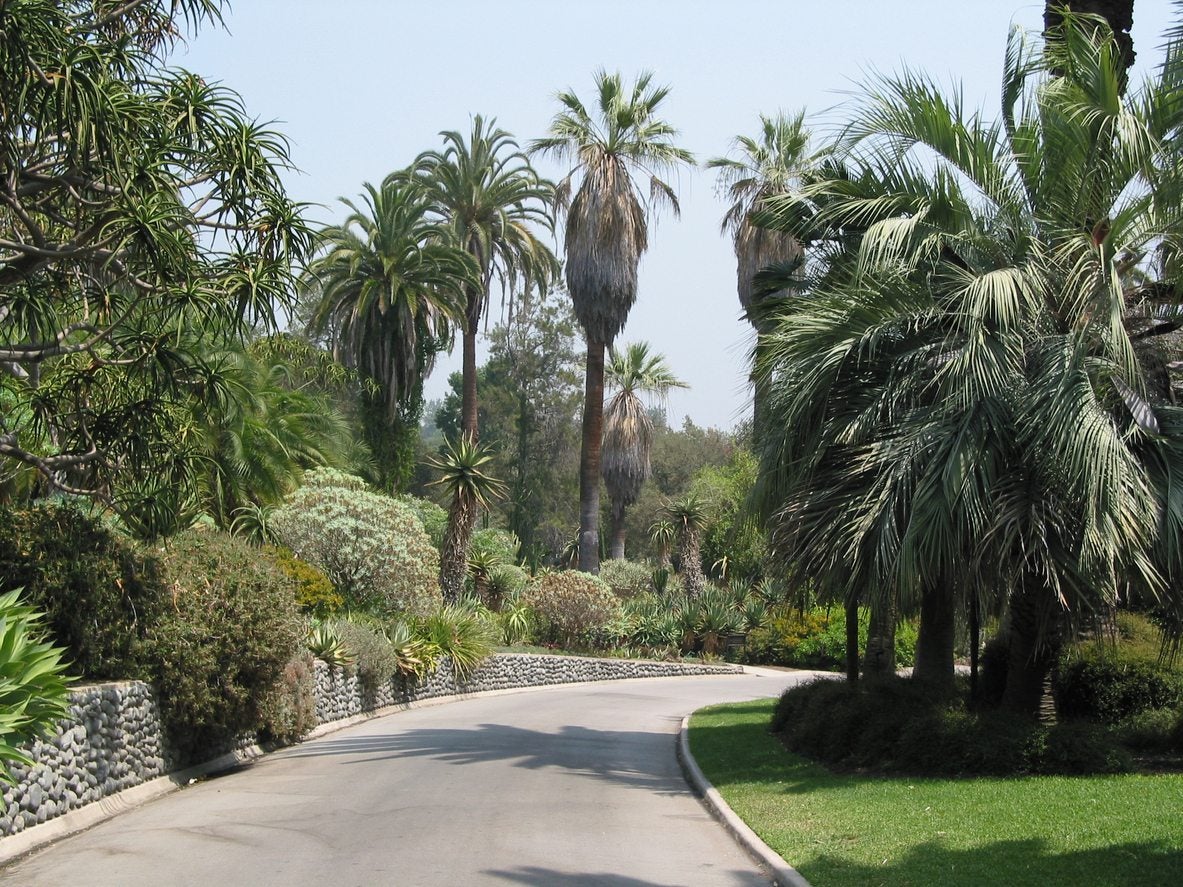What Is A Subtropical Climate – Tips On Gardening In The Subtropics


When we talk about gardening climates, we often use the terms tropical, subtropical, or temperate zones. Tropical zones, of course, are the warm tropics around the equator where summer-like weather is year-round. Temperate zones are cooler climates with four seasons-– winter, spring, summer, and autumn. So exactly what is a subtropical climate? Continue reading for the answer, as well as a list of plants that grow in the subtropics.
What is a Subtropical Climate?
Subtropical climates are defined as the areas adjacent to the tropics. These areas are usually located 20 to 40 degrees north or south of the equator. Southern areas of the U.S., Spain, and Portugal; the north and south tips of Africa; the mid-eastern coast of Australia; southeastern Asia; and parts of the Middle East and South America are subtropical climates. In these areas, summer is very long, hot, and often rainy; winter is very mild, usually without frost or freezing temperatures.
Gardening in the Subtropics
Subtropical landscape or garden design borrows a lot of its flair from the tropics. Bold, bright colors, textures, and shapes are common in subtropical garden beds. Dramatic hardy palms are used frequently in subtropical gardens to provide deep green color and unique texture. Flowering plants like hibiscus, bird of paradise, and lilies have bright tropical feeling colors that nicely contrast evergreen palms, yucca, or agave plants. Subtropical plants are selected for their tropical appeal, but also for their hardiness. Plants in some subtropical areas have to endure blazing heat, thick humidity, times of heavy rains, or long periods of drought and also temperatures that can drop as low as 0 degrees F. (-18 C.). While subtropical plants may have the exotic look of tropical plants, many of them also have the hardiness of temperate plants. Below are some of the beautiful plants that grow in the subtropics: Trees and Shrubs
- Avocado
- Azalea
- Bald Cypress
- Bamboo
- Banana
- Bottlebrush
- Camellia
- Chinese Fringe
- Citrus Trees
- Crape Myrtle
- Eucalyptus
- Fig
- Firebush
- Flowering Maple
- Forest Fever Tree
- Gardenia
- Geiger Tree
- Gumbo Limbo Tree
- Hebe
- Hibiscus
- Ixora
- Japanese Privet
- Jatropha
- Jessamine
- Lychee
- Magnolia
- Mangrove
- Mango
- Mimosa
- Oleander
- Olive
- Palms
- Pineapple Guava
- Plumbago
- Poinciana
- Rose of Sharon
- Sausage Tree
- Screw Pine
- Trumpet Tree
- Umbrella Tree
Perennials and Annuals
- Agave
- Aloe Vera
- Alstroemeria
- Anthurium
- Begonia
- Bird of Paradise
- Bougainvillea
- Bromeliads
- Caladium
- Canna
- Calathea
- Clivia
- Cobra Lily
- Coleus
- Costus
- Dahlia
- Echeveria
- Elephant Ear
- Fern
- Fuchsia
- Ginger
- Gladiolus
- Heliconia
- Kiwi Vine
- Lily-of-the-Nile
- Medinilla
- Pentas
- Salvia
Sign up for the Gardening Know How newsletter today and receive a free copy of our e-book "How to Grow Delicious Tomatoes".

Darcy is a former contributor to Gardening Know How. She is a professional landscape designer and gardening writer with experience in plant sales. An avid gardener, Darcy has a passion for sharing practical tips to help others grow.